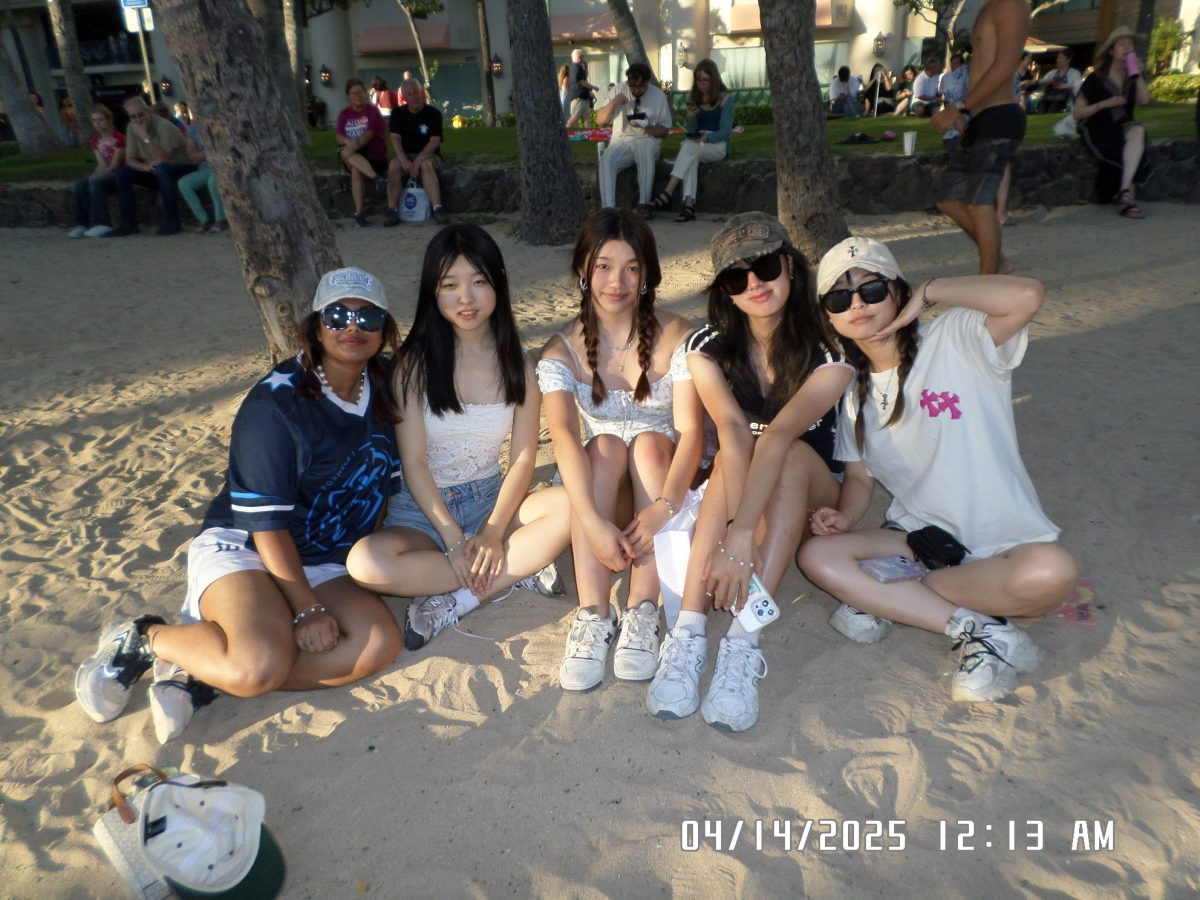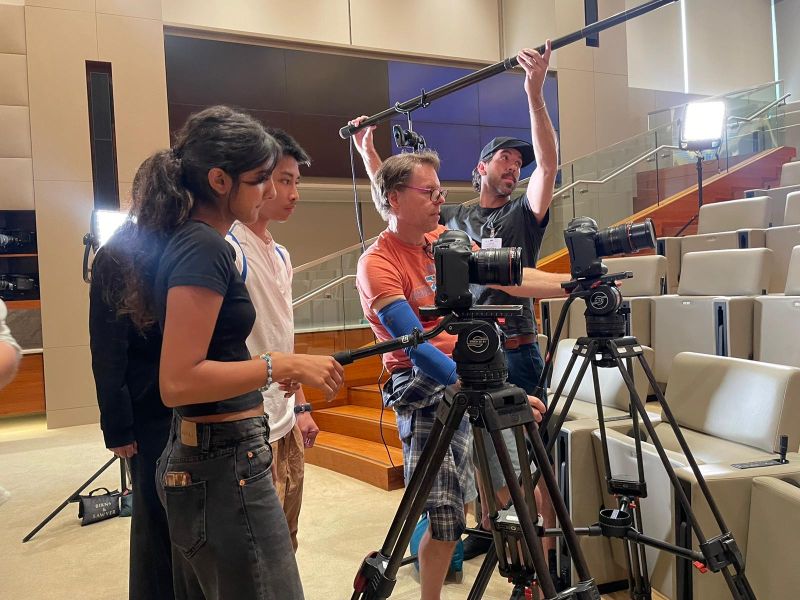Commercial art is not just painting or sketching. It’s a tedious process, with intricate planning and designing. The purpose of commercial art is to promote, explain and inform with design. Art teacher Brian Chow has always felt that the design involved with commercial art sets it apart from other art forms and classes.
“You make art, you express yourself, it’s fun,” Chow said. “You get some skill sets and maybe a cool project at the end of it, and you move on with your life. With the design part of it, you do the same thing, but then that thing can also be monetized and sold, or utilized, right at the point of making it.”
Junior Chris Lee first decided to take the commercial art class offered at MVHS because he thought it would be an interesting class. Lee has always loved art, and would always be doodling or sketching during class. He feels this class has allowed him to further explore his passion for art.
“It’s just always been a part of who I am,” Lee said. “This class really helped me realize I really do enjoy doing stuff like this, and it could be a career choice later in the future.”
Similar to Lee, senior Kate Yang is also looking into design as a career. She decided to take commercial art because Chow encouraged her to, and because she believed it could help her in the future.
“I really like art, so I definitely want to explore more traditional art.” Yang said. “I’m also aiming for being a product designer in the future so [commercial art] will definitely help.”
Chow says that the commercial art class encompasses visual design, as well as constructing products. However, Chow also takes the students’ preferences into consideration when it comes to the curriculum.
“It depends on the students their skill sets and also the pace of the class,” Chow said. “It depends on the group dynamic. If there are less students interested in, let’s say interactive design, then we won’t do more things that kind of relate to that.”
Chow also says that when designing something, anyone who wants to contribute will be able to, since the skill set is broad. Additionally, he thinks that design can play a large role in problem solving.
“[Commercial arts] became something that I’m really excited about because it open up the doors about how we might think about art and design,” Chow said. “Not just for personal purposes, but also for an industry, and for bettering the world. All you have to do is just give one an idea and brainstorm, and all of a sudden you elevated that problem solving to another level.”
Yang expresses that she feels proud after finishing a creation in art, but doesn’t necessarily feel the same when it comes to projects in commercial arts currently. She is waiting for product designing, which she is much more interested in than the current commercial art curriculum.
“Seeing yourself make such a great piece and then the fact that you think about the process, it’s just great,” Yang said. “It’s really lovely to see the results. For art, every time I finish a project I feel proud, but for commercial arts, I don’t feel as proud or as happy.”

Lee shares his own struggles, saying that it’s hard to be satisfied with a finished project because it might not have turned out to be what one envisioned it to be.
“There’s no perfect design,” Lee said. “You just get to a certain point where you have to realize, no matter what I do, this is not going to turn out any better. You just kind of stop.”
Nevertheless, Chow sees commercial arts as a creative way to express oneself, and because of the impact one’s pieces can have on the world, it can be empowering.
“You could be a tenth grader making a project, and someone could be employing it for an app, to help somebody,” Chow said. “That’s really cool, that’s super powerful. Becoming a teacher I want to empower people, and design is a great way to empower people.”










